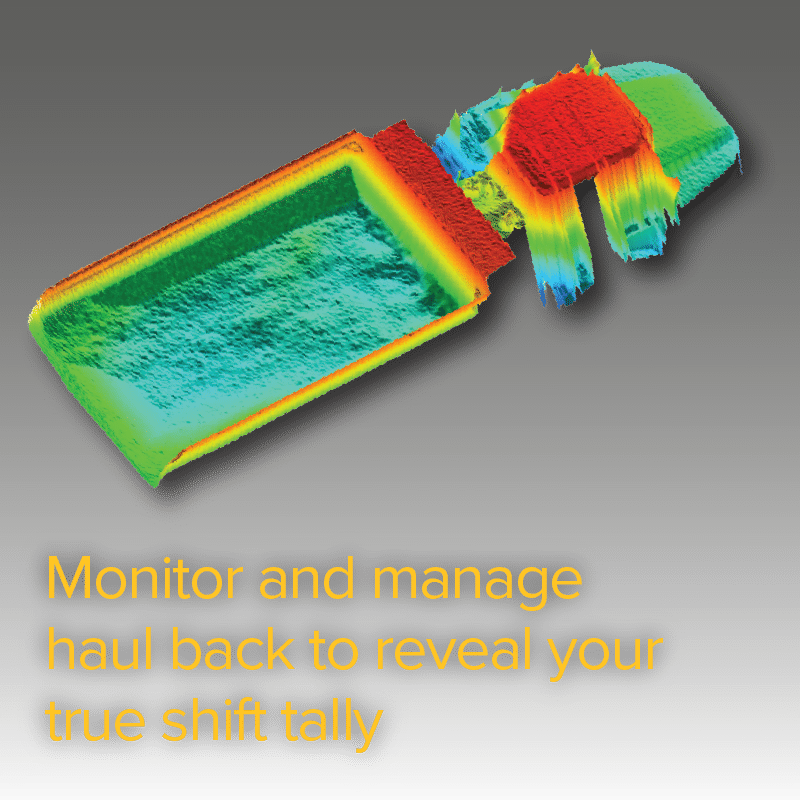


Trend analysis demonstrates the ability of the models to reproduce temporal variation in observed data, even though quantitative differences among models are large. We also examine long-term trends in runoff using a moving-average approach. Average performance of models within a watershed is positively correlated with observed streamflow: the wettest watersheds in this study are associated with the highest correlations and smallest relative errors and the driest watersheds are associated with the lowest correlations and largest relative errors. We find some differentiation in model performance within watersheds, though the greatest divergence in model performance occurs across watersheds. We use several metrics to assess the "goodness of fit" between simulated and observed monthly data in 13 watersheds: 1) Pearson product-moment correlation coefficient (r) to evaluate the overall data set, 2) Kendall's coefficient of rank correlation (? ) to gauge seasonality trends as derived from a time-series analysis of monthly runoff, and 3) three measures of absolute and relative error. These records cover much of the 20 th century, providing a lengthy record of monthly flows against which to evaluate the models. We evaluated the behavior of six models (Biome-BGC, Century, GTEC, LPJ, MC1, TEM) by comparing simulated runoff in 13 watersheds to gauged streamflow from the USGS Hydro-Climatic Data Network (HCDN).

For the period 1895-1993, they did so using historical climate and atmospheric CO2 data. The Vegetation/Ecosystem Modeling and Analysis Project (VEMAP) II model experiments investigated the response of biogeochemical and dynamic vegetation models to differences in climate over the conterminous United States.


 0 kommentar(er)
0 kommentar(er)
